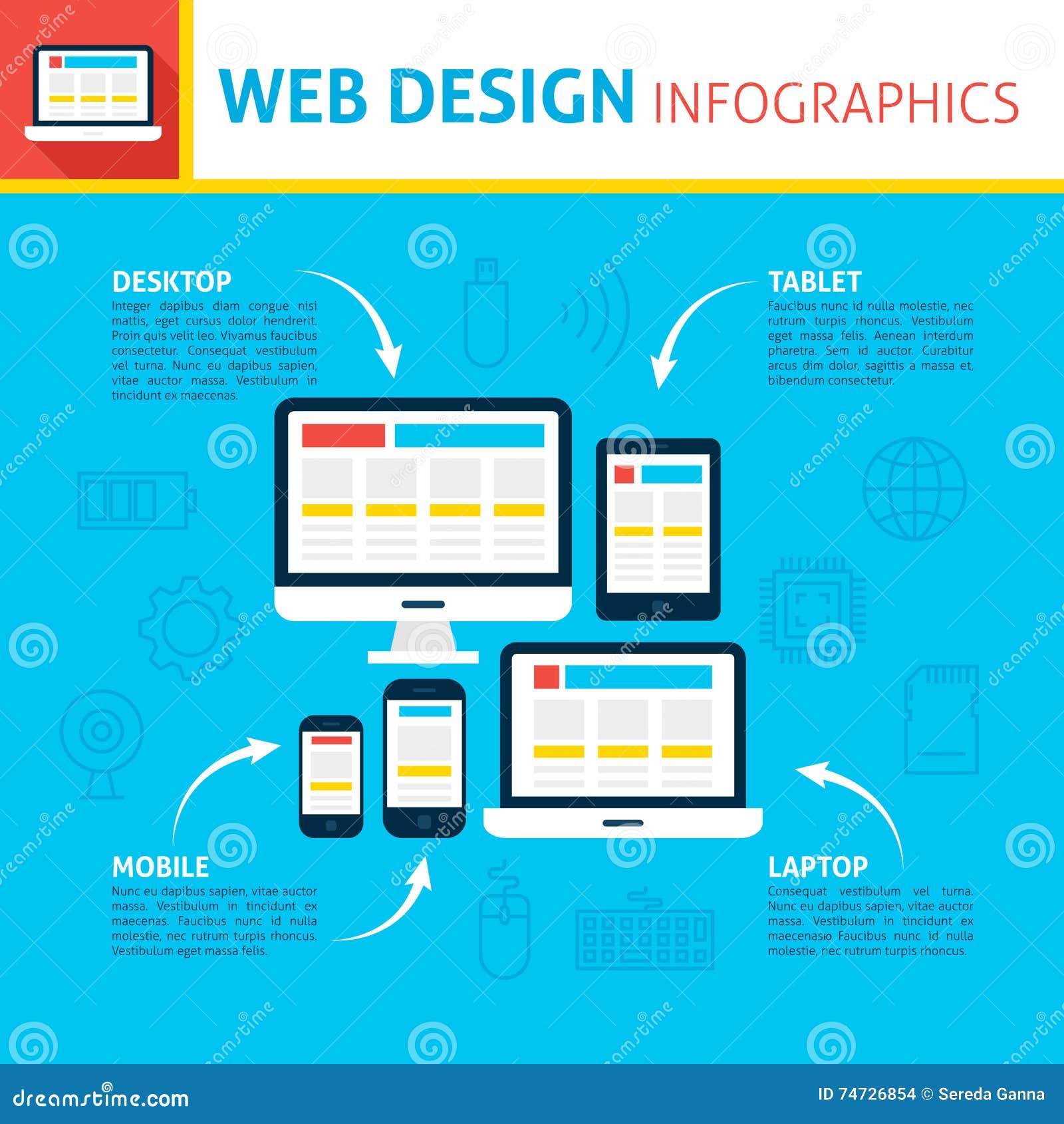The Evolution Of Website Style: From Past To Existing
The Evolution Of Website Style: From Past To Existing
Blog Article
Content Create By-Monroe Wren
In the past, web sites were easy and focused on info. https://seopluginsforsquarespace39517.bloggip.com/29910380/fascinated-in-harnessing-the-possibility-of-neighborhood-search-engine-optimization-discover-the-essential-approaches-that-every-small-business-owner-have-to-know-to-enhance-their-on-line-visibility-and-draw-in-more-customers was straight, and design was for desktops. Currently, individual experience is key. Information guides styles for very easy navigating. Receptive designs fit various tools. Today, dark setting decreases strain, and minimalist menus enhance navigating. Interactive functions engage individuals, and vibrant visuals stick out. AI combination enhances involvement. See just how layout has developed to improve your on the internet trip.
Very Early Days of Web Design
In the early days of website design, simplicity reigned supreme. Web sites were basic, with restricted shades, font styles, and designs. The focus was on offering information as opposed to fancy visuals. Users accessed the internet through slow dial-up connections, so rate and performance were crucial.
Navigating food selections were straightforward, generally situated at the top or side of the page. Websites were created for home computer, as mobile surfing wasn't yet widespread. Content was king, and developers prioritized simple readability over complicated design components.
HTML was the primary coding language made use of, and developers had to function within its restraints. Animations and interactive functions were minimal compared to today's standards. Web sites were static, with little dynamic material or personalized customer experiences.
Rise of User-Focused Design
With the evolution of web site style, a change in the direction of user-focused style concepts has become significantly popular. Today, creating sites that prioritize customer experience is vital for involving site visitors and achieving service goals. User-focused design involves understanding the needs, choices, and behaviors of your target audience to tailor the website's layout, web content, and features as necessary.
Developers now perform detailed research study, such as individual studies and use testing, to collect understandings and feedback straight from individuals. This data-driven strategy aids in creating instinctive navigation, clear calls-to-action, and visually enticing interfaces that reverberate with visitors. By positioning the individual at the facility of the design process, internet sites can provide a more individualized and satisfying experience.
pop over to this website has actually likewise emerged as a vital facet of user-focused layout, guaranteeing that internet sites are maximized for various tools and screen sizes. This versatility improves access and usability, catering to the diverse means customers engage with web sites today. Basically, the increase of user-focused layout symbolizes a shift in the direction of creating electronic experiences that prioritize the needs and assumptions of the end user.
Modern Trends in Web Design
Explore the latest patterns forming website design today. One popular fad is dark mode style, providing a smooth and modern appearance while lowering eye stress in low-light environments. One more essential fad is minimal navigating, streamlining menus and enhancing customer experience by concentrating on essential elements. Integrating micro-interactions, such as computer animated switches or scrolling effects, can produce a much more interesting and interactive internet site. Responsive style stays critical, making sure seamless user experiences across various devices. Additionally, making use of bold typography and unbalanced designs can include aesthetic passion and accentuate certain content.
Incorporating AI technology, like chatbots for client assistance or individualized recommendations, improves individual interaction and improves procedures. Access has also become a considerable pattern, with designers focusing on comprehensive style practices to accommodate diverse individual demands. Welcoming sustainability by optimizing internet site efficiency for speed and performance is an additional emerging trend in website design. Teaming up with individual feedback and data analytics to repeat and improve layout continually is vital for staying relevant in the ever-evolving digital landscape. By embracing these modern-day patterns, you can create a visually appealing, user-friendly site that reverberates with your audience.
https://seo-defined73940.thenerdsblog.com/35484041/crafting-persuasive-promotion-text-for-your-pay-per-click-initiatives
As you review the development of website layout from the very early days to currently, you can see how user-focused layout has become the driving force behind modern fads.
Welcome the journey of modification and adaptation in web design, constantly maintaining the user experience at the center.
Stay existing with the current fads and technologies, and never ever quit advancing your technique to produce visually sensational and user-friendly sites.
Advance, adjust, and produce - the future of website design is in your hands.
